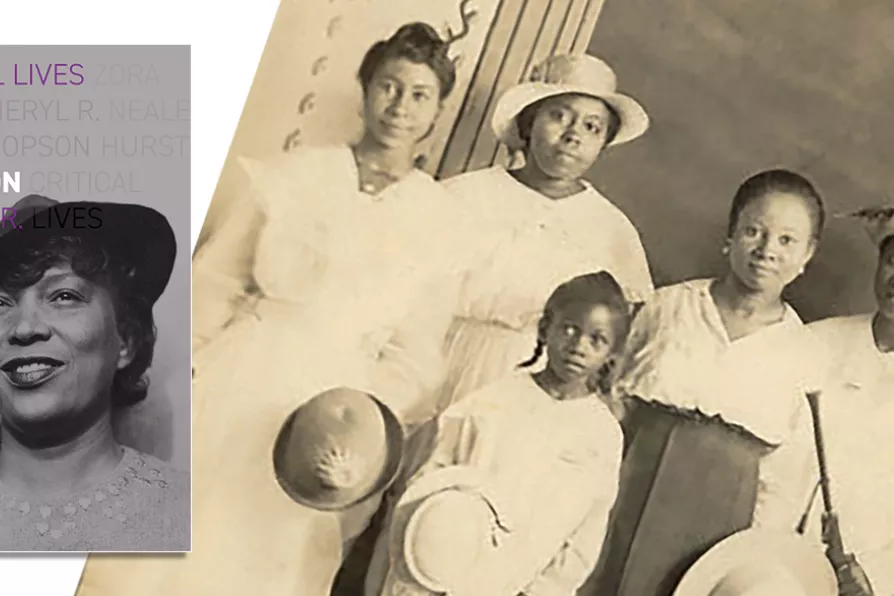JOE GILL speaks to the Palestinian students in Gaza whose testimony is collected in a remarkable anthology
Self-discovery as a black woman
MARJORIE MAYO enjoys an engaging biography of an exceptional African-American novelist, anthropologist and folklorist

 CLUES TO THE PAST: Women of an African American family, photographed between 1918 and 1922
[DeGolyer Library - Southern Methodist University/CC]
CLUES TO THE PAST: Women of an African American family, photographed between 1918 and 1922
[DeGolyer Library - Southern Methodist University/CC]
Zora Neale Hurston
Cheryl R Hopson, Reaktion, £12.99
THIS is the story of an exceptional African-American woman, a creative writer, an anthropologist and a folklorist, who grew up in the Deep South in the post-reconstruction period.
Although she was born into a virulently violent, white supremacist society, she succeeded in gaining artistic and professional success through sheer determination and talent, becoming a key figure in the Harlem Renaissance.
Cheryl R Hopson’s biography explores Zora Neale Hurston’s life and works, emphasising her remarkable achievements, whil recognising some of her inherent contradictions.
Similar stories

After Zohran Mamdani’s electoral win, BHABANI SHANKAR NAYAK points to the forgotten role of US communists in New York’s radical politics

Following his death a month ago, DENNIS WALDER assesses the achievement of the playwright who developed his work in the townships

ROGER MCKENZIE recommends an insider's view of the fight for African independence, as experienced by an important and neglected woman

RON JACOBS reviews a new biography of the American poet who revolutionised the perception of black writers in the creative milieu of the day










